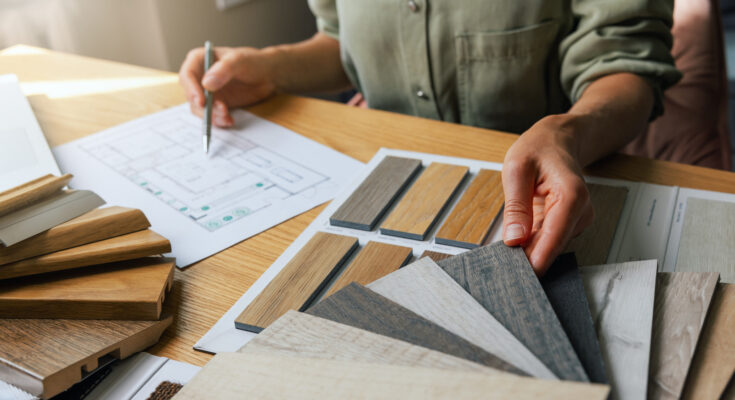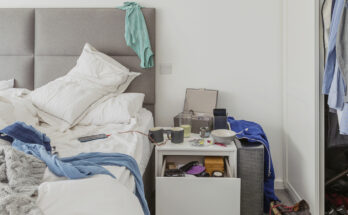These Sustainable Flooring Trends Will Be Everywhere In 2025
Like many aspects of home design, flooring trends for your home rotate in and out of style depending on the year, cost, and durability. While the 1980s were full of laminate, vinyl, and linoleum flooring, the 2000s returned to hardwood floors, albeit with a focus on wood staining or distressed looks. In 2025, flooring trends that have been taking over home design gravitate toward sustainability, and encourage the use of materials like bamboo, cork, and linoleum. Reclaimed wood is also a newer flooring trend that touts sustainability and style.
Why choose sustainability over tradition? To start, materials like new carpet can fill indoor air with volatile organic compounds, or VOCs, which are a variety of typically human-made chemicals emitted as gases. Carpet accounts for almost half of all flooring in the U.S., so people who want to avoid potentially exposing themselves to VOCs are swapping for materials that emit significantly less, known as “low VOC.”
That’s not to say all traditional flooring materials are damaging. Some people may want to swap for sustainable flooring because of just that: the sustainability aspect! Choosing sustainable flooring can help reduce deforestation, easily reuse or recycle materials, and aid home energy efficiency.
These materials are the most sustainable for your flooring (and here’s why)
Bamboo is not only sustainable, aesthetically pleasing, and available in many colors, but it’s very durable. In some cases, bamboo can withstand more pressure than popular flooring options like white oak. Bamboo can also be harvested roughly every five years without damaging the plant. However, one of the downsides of bamboo flooring is its sensitivity to moisture, so we wouldn’t recommend putting bamboo in somewhere like a bathroom.
Cork is another great choice, partially because of its resistance to mold and mildew. People also tend to like cork flooring in their home because it can act like insulation, retaining heat and making your home more energy efficient. The biggest drawback of using cork flooring is its cost, which can range from $3 to $11 per square foot. It’s also relatively vulnerable to damage from appliances or pets.
Linoleum is fully biodegradable and made with linseed oil, powdered cork, limestone, and other natural ingredients. A more modern advantage of linoleum flooring is that it no longer yellows as much from linseed oil oxidation, although that doesn’t cancel out discoloration entirely. Unfortunately, one of the major downsides of linoleum is that it’s easily susceptible to damage, especially water damage.Reclaimed hardwood is another great sustainable flooring option because of its durability and one-of-a-kind colors or textures. However, reclaimed flooring can be expensive and can vary in quality, meaning there might be unexpected bumps or an uneven surface.



